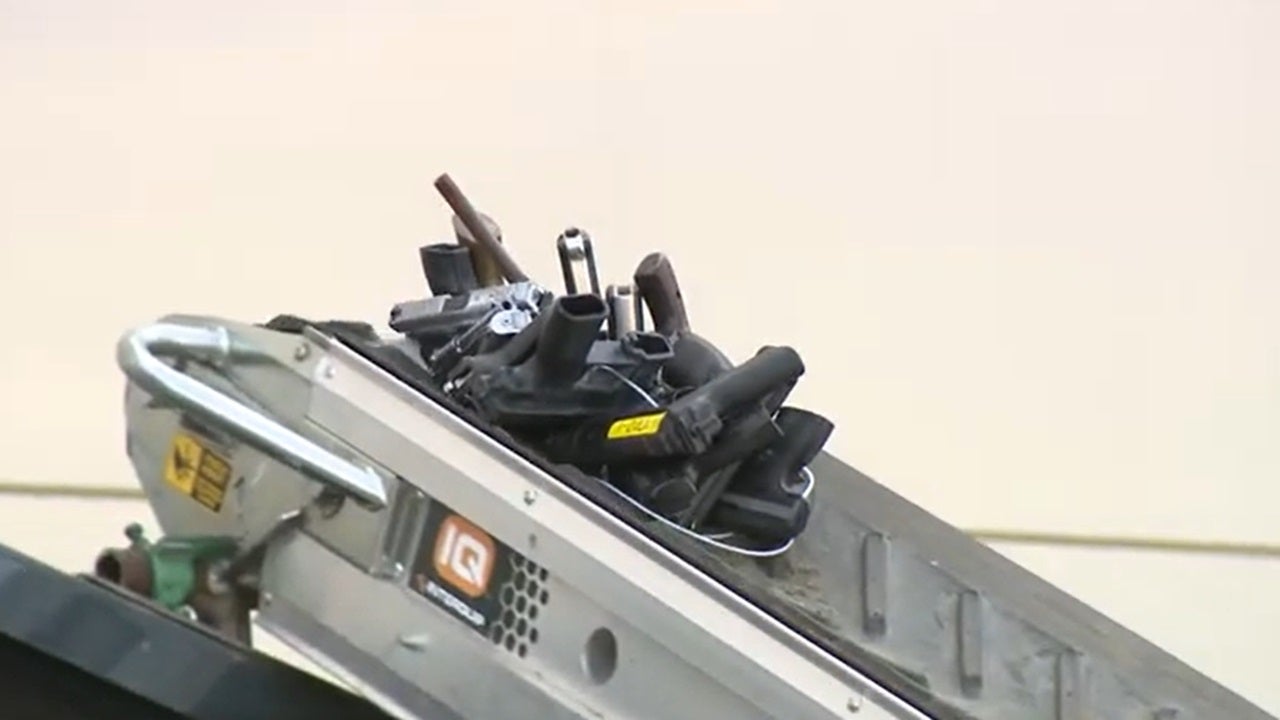The results from an online iron quiz titled ‘Could you
be low on iron?’ – which checks for common signs and
symptoms of iron deficiency – point to some worrying
trends.
The results from the 37,000 global responses
to this New Zealand quiz – which are being released to
coincide with World Iron Awareness Week – saw over 62% of
the respondents state they are struggling to get out of bed
in the morning, 42% reporting they feel weak or dizzy all
the time and over half saying they are short of breath after
walking up a flight of steps.
Regina Wypych, Head of
Nutrition at Beef + Lamb New Zealand, says whilst these
results are a toe in the water insight to how people are
feeling, it can’t be concluded from the survey alone that
respondents are categorically suffering from iron
deficiency. But if they are an indicative depiction of iron
deficiency and its symptoms, it’s a worrying
outlook.
“New Zealand statistics on iron deficiency
and iron deficiency anaemia are becoming outdated, and we
have limited current knowledge on the state of the
nation’s iron health. Until we gain further knowledge on
this, it’s really important to keep raising awareness
through initiatives like World Iron Awareness Week,” says
Regina.
“What we do know from the number of people
taking part, is that it suggests people are interested in
the impact of diet on our health and if anyone is concerned
about their health, they should consider visiting a health
professional.”
In New Zealand, the many supporting
organisations of this year’s World Iron Awareness Week
(22-28th August) will again highlight those most at risk of
iron deficiency, the implications of being short on iron,
dietary tips to optimise iron absorption along with a range
of tasty iron-rich recipes.
This year’s campaign
asks, ‘Is low iron holding you back?’ When your energy
levels are not what they should be and poor sleeping, late
night Netflix, recovery from Covid or flu and life stresses
can be dismissed, it could possibly be low iron causing
tiredness, fatigue and headaches. Taking the quiz allows you
to find out if you have any other signs and symptoms of low
iron.
For more information and to take the quiz, visit
https://www.ironweek.co.nz/quizzes
Background
information:
One billion people globally are
estimated by the World Health Organisation to be suffering
from iron deficiency anaemia[1]. Although iron deficiency
anaemia occurs at all ages and involves both genders,
adolescent girls are more prone to it. The highest
prevalence of global iron deficiency anaemia is between the
ages of 12 and 15 years when requirements are at peak. In
some countries, up to 50% of adolescent girls have been
reported to be anaemic[2].
Here in Aotearoa, the
statistics don’t look much better. Based on the most
recent national nutrition survey from 2009[3], one in
fourteen women are iron deficient and, worryingly, a third
of teenage girls do not achieve their daily iron
requirements, with more research needed to understand the
current situation.
What has this meant for our already
under pressure district health boards? The cost of
hospitalisations – primarily due to iron deficiency anaemia
crept up from an annual $3.2 million to over $6.7m in the
ten years between
2008-2018[4].
References:
[1] Murray CJL,
Salomon JA, Mathers CD, Lopez AD. The global burden of
disease. Geneva: World Health Organization.
(2002).
[2] Prevention of Iron Deficiency Anaemia in
Adolescents. Role of Weekly Iron and Folic Acid
Supplementation. World Health Organisation.
(2011).
[3] University of Otago and Ministry of
Health. (2011). A Focus on Nutrition: Key findings of the
2008/09 New Zealand Adult Nutrition Survey. Wellington:
Ministry of Health.
[4] Stuff.co.nz More spent on low
iron hospitalisations as meat intake declines – 1st January
2019 https://www.stuff.co.nz/national/health/108767316/more-spent-on-low-iron-hospitalisations-as-meat-intake-declines
© Scoop Media

















Discussion about this post